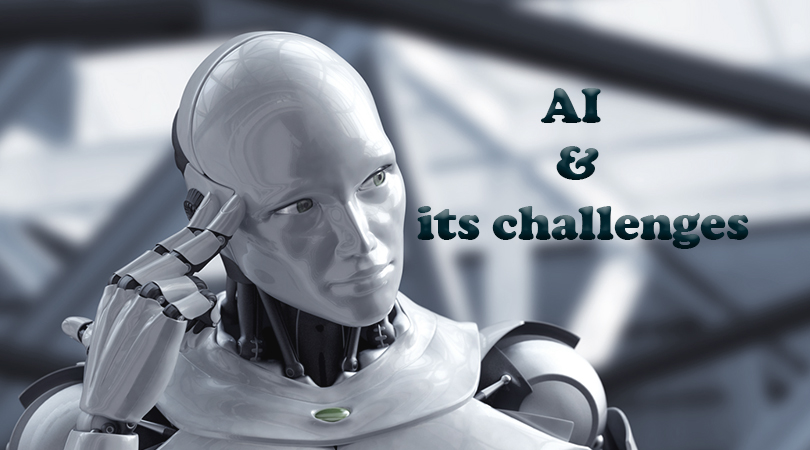Artificial Intelligence (AI) saturates numerous aspects of our lives. Everywhere throughout the world, AI systems filter email spam, prescribe things for individuals to purchase, give lawful counsel on everything. Describing AI is troublesome, not scarcest in light of the fact that ‘learning’ itself is difficult to interpret.
AI engages a surge of headway over various divisions of the worldwide economy. It empowers relations to use resources more capable and engages out new plans of action to be made, frequently worked around AI’s effective capacity to cross-examine substantial informational collections. Numerous organizations in low and middle-income nations will profit by these AI abilities, changing over into more significant open doors for little business visionaries to develop new businesses.
Here are four challenges that need AI companies need to address the technology advances and assaults even more domains.
Jobs
To develop and maintain the systems and software that runs the AI algorithms, AI revolution is creating plenty of new machine learning, data science, and IT job positions But here the problem is that most of the people are losing their jobs and doesn’t have skills to fill up the vacant positions, which create an increasing space for tech talent and developing cascade of unemployed and embittered population.
So as to prevent this, the tech industry has to help the society to acclimate to the major shift that is choking the socio-economic landscape and slickly transition towards the future where robots will be occupying more and more jobs.
People who are losing or might lose their jobs to AI in the future can complement the efforts by teaching new tech skills. In tandem, tech companies can employ rising trends such as NLP, cognitive computing to halt the complexity of tasks and making them available for more people.
Bias
AI can be just as or even more biased than humans and has been proven on several accounts in the past years. The problem is, if the algorithms fed by the trainers is unbalanced, the system will adopt the biases that those data sets contain. And these days, the AI industry is suffering from a mixture of troubles and some label it “white guy problem”.
Another problem that caused much controversy in the past year was the “filter bubble” phenomenon that was seen on Facebook and other social media. To prevent any single organization or company to skew the behavior of an ML algorithm, safeguards have to be put in place in its favor by manipulating the data.
This can be accomplished by endorsing transparency and directness in algorithmic datasets. Shared data repositories that are not maintained by any single entity, can be vetted and audited by independent bodies.
Responsibility
ML algorithms come to understand for themselves how to react to events, while not even the developers of these algorithms can explain the scenario and decision that their product makes when the data gives them the context.
Every involved party can lay the blame on someone else when the boundaries of responsibility are unclear between the users, developer, and the data trainer. Therefore, new regulations have to set up in very first place to predict and address legal issues that will surround AI clearly in the near future.
Privacy
In order to make their AI services more targeted and efficient, most of the companies desire to collect large amounts of user data with or without their consent. Companies may trek into uncharted territory and cross privacy boundaries, in the hunt for more and more data.
Unless regulating the information collection and sharing practices of the companies using AI technology, and taking necessary steps especially to remove data that would establish the identity of a user and protect user data, will end up causing harm than good to users. Also to prevent or minimize ill usage, the use and availability of the technology must be revised and regulated.
AI is no exception to the rule that there are benefits and dark sides to every disruptive technology. What is important is that we can take full advantage of the benefits by minimizing the trade-offs and identify the challenges that lay before us and acknowledge our responsibility to make sure that.










